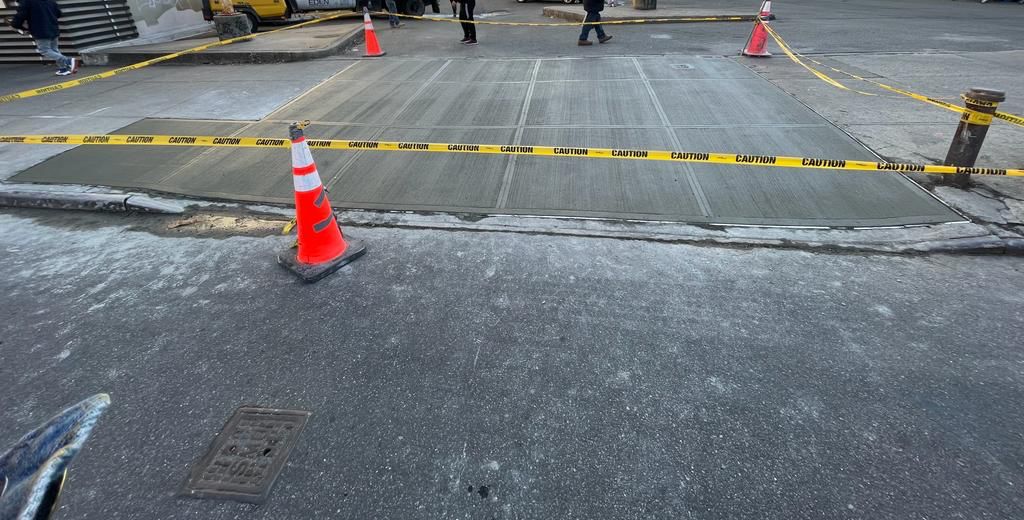Every home and building presents its own set of problems; some can be major, like wet rot outbreak or the Berkeley balcony collapse that claimed multiple lives.
Home inspectors can identify structural concerns in your home but are unable to offer engineering assessments of these issues. Consulting a structural engineer is essential when trying to evaluate these problems.
Structural
Home inspection engineers are specially trained to detect structural issues that would go undetected by an ordinary inspector, some of which may have lasting repercussions and require costly repairs down the line. At a residential structural engineer inspection, an engineer will look out for red flags such as damage to load-bearing components or signs of movement within the foundation that could indicate further costly repairs in the future.
A structural engineer will inspect both roof and chimney for signs of leaks, as a leak could indicate there is something amiss with its structure that may lead to mold growth or wood rot. They also check to make sure joists and rafters don’t threaten to be pulled apart or otherwise compromised during inspection.
If a structural problem is discovered, an inspector will inform their client about any associated risks and provide recommendations on repairs. From there, homeowners or buyers can then decide whether they wish to make the purchase or not; attending the inspection provides them with an opportunity to pose questions directly to an engineer and get an inside view of their work.
Electrical
Home inspectors find all sorts of things that make their hair stand on end – from unwelcome basement visitors to electrical issues that leave homeowners shaking in fear – it’s all part of being a home inspection engineer!
Most inspectors will identify areas that require further analysis and professional review, including structural, foundation, or plumbing problems or any other area requiring the services of a specialist such as an engineering consultant.
Examples of such issues can include ungrounded outlets (which present a potential safety hazard if touched accidentally) and spliced wiring. Furthermore, inspectors typically advise replacing any outlet covered in paint (including drywall mud) as this could indicate overheating or be a fire hazard.
Home inspection and engineering evaluation services differ significantly; home inspections tend to focus on factual observations while engineering evaluation is often more in-depth and uses professional judgment or calculations as its foundation. Both services often review documents or reference materials that include calculations.
Plumbing
Home inspection engineers are licensed professionals who specialize in inspecting various elements of a home to visually verify its condition. This may include plumbing, electrical and HVAC amenities as well as foundation cracks. If they detect major concerns like settlement cracks or water damage they’ll recommend consulting a structural engineer who will then perform further investigations on that specific area.
Home inspectors can also identify other potential issues with a home’s structure and foundation, such as broad cracking in walls or floors, sagging ceilings or joists and crumbling brick or stucco. Home inspectors can also note whether or not Polybutylene pipes that tend to leak need replacement in your home.
Houses that are in poor condition often require expensive repairs in order to bring it up to code and restore its value, so homeowners should do everything possible to fix any problems that arise before listing their home for sale.
HVAC
An HVAC engineer can assess the condition of heating and cooling equipment, ductwork, and ventilation systems found within residential or commercial properties. They will check for leaks, cracks, signs of wear or damage – such as cracked heat exchangers that reduce efficiency while shortening lifespan of units.
Engineering professionals possess both the experience and education to recognize abnormal conditions that might indicate potential structural issues with a building, and understand why these problems occur, enabling them to provide recommendations or offer solutions.
Home inspectors may notice red flags such as stairstep pattern cracking in walls, out-of-alignment of doors and windows, sagging floors, etc. to suggest getting a structural inspection. But it is important to keep in mind that home inspectors do not possess the expertise or license necessary for providing engineering judgement; should any serious issue arise they must refer the homeowner to an licensed structural engineer to ensure the issue is addressed appropriately and with safety in mind; structural compromise can lead to costly repair bills so early intervention is better.
Foundation
A house’s foundation serves a multitude of functions, such as supporting its load and protecting it from groundwater and temperature changes. When damaged, its consequences can be serious.
An inspection engineer can help identify problems with a foundation’s foundation, including cracks or shifting structures, which could prove expensive to rectify and can lead to further structural damage in homes or buildings. Failure to detect these issues early enough could prove disastrous; they could cause additional costs as well as cause irreparable harm to both home or building owners and their tenants alike.
Home inspection engineers can also detect termite infestation, including weak wooden structures, hollow-sounding beams and mud tubes outside homes or buildings. Such infestations pose a severe threat to building integrity; an inspector will take appropriate measures to deal with them.
Home inspection is a visual assessment of the state of components within a structure’s components such as its foundation, floor structure, walls, ceiling and roof. A home inspection may reveal structural issues like uneven floors and sagging foundations that need further evaluation.




